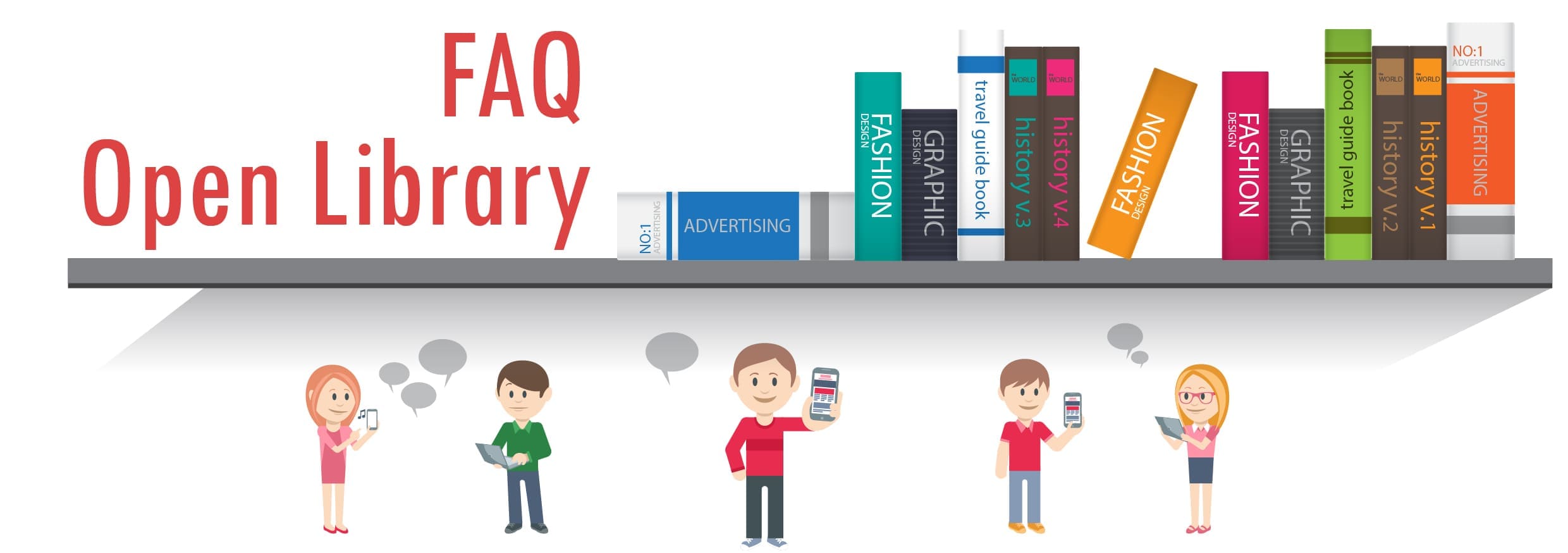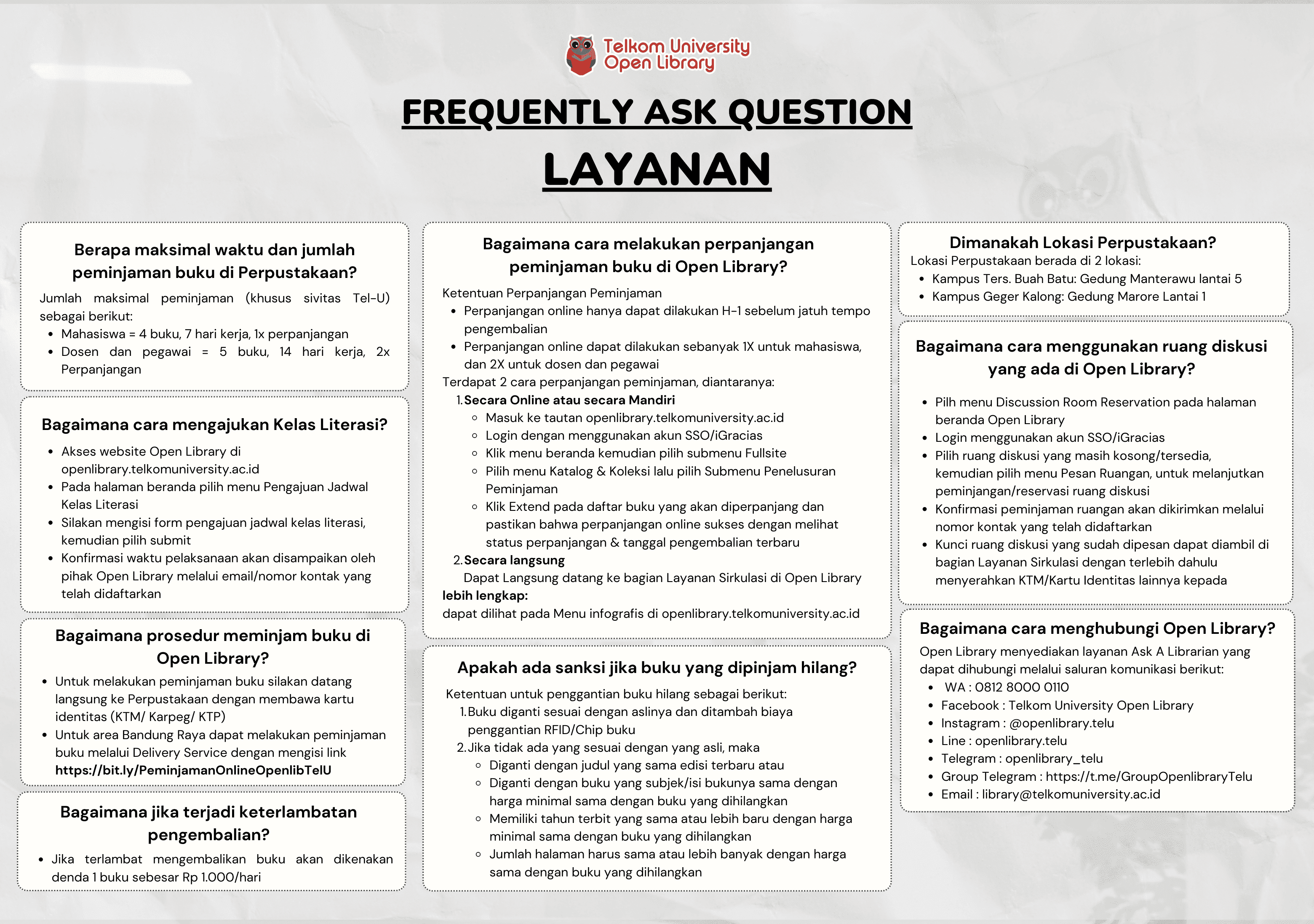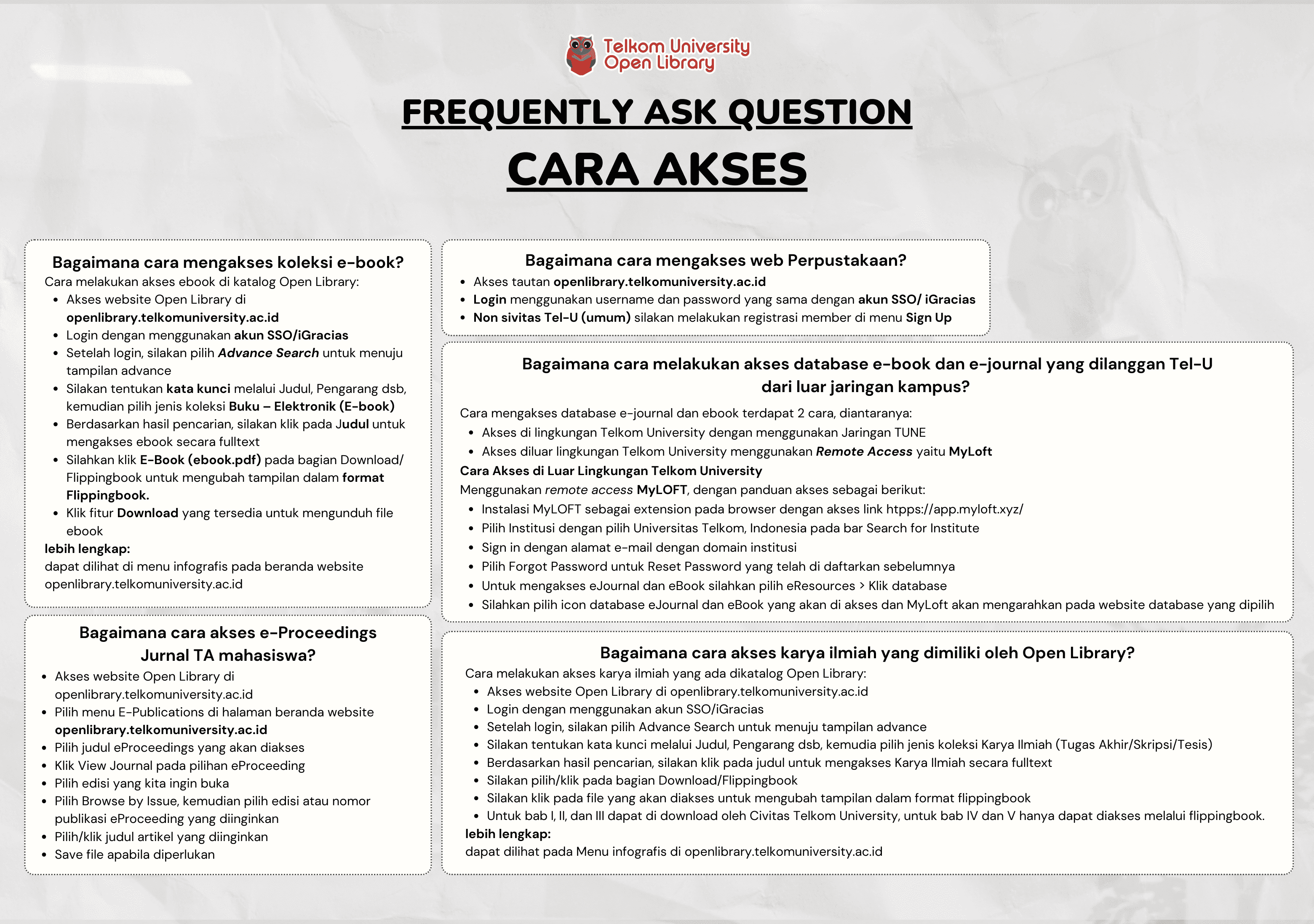ZIGZAG DECODABLE CODES FOR PRIORITIZED CODED RANDOM ACCESS SUPPORTING MASSIVE WIRELESS NETWORKS
KAUTSAR FADLY FIRDAUS

Informasi Umum
Kode
20.05.112
Klasifikasi
384.545 5 - Wireless comunication- Networks
Jenis
Karya Ilmiah - Thesis (S2) - Reference
Subjek
Wireless - Communications Networks
Dilihat
565 kali
Informasi Lainnya
Abstraksi
It is predicted that numbers of Internet-of-Things (IoT) devices will grow exponentially around 5 billion by the end of 2025. The massive number of devices need a multiple access that can support the network system, one of which Coded Random Access (CRA) as one of the solution. However, user's needs in CRA network is different for each type of users. Furthermore, this thesis proposes a new multiple access schemes to prioritize top emergency (TE) group over emergency (EM) and normal (NM) for future wireless communications connecting massive number of devices. This thesis considers CRA using repetition codes to cover millions of nodes from all of the groups simultaneously.
Repetition codes copy and transmit original packet according to the given network rate, therefore its implementation and design is quite simple. We aim to maximize number of users for all groups, but top priority is given to TE group. CRA works perfectly when singleton node on slot nodes (SN) is always available in every iteration of decoding using a successive interference cancellation (SIC). On the other hand, a stopping set occurs when no more slot has a singleton node. To solve this problem, this thesis proposes Zigzag decodable codes (ZDC) to decode even when singleton node does not exist. Zigzag decodable codes have low complexity, good performance, and suitable for decoding several varieties of stopping sets.
This thesis also verify the system to provide a better understanding of SN degree distribution and channel behavior of network. This thesis evaluates the performance using computer-based simulation in terms of packet-loss rate (PLR) and throughput under additive white gaussian noise (AWGN) and fading channel. The results of this thesis are (i) an optimized degree distribution, (ii) verified degree distribution of slot node, (iii) the PLR and throughput with or without ZDC in AWGN and fading channel, (iv) the stopping set occurrences . We found that the system has a better result in terms of PLR and throughput for higher priority group. Furthermore, the ZDC has a better performance in terms of PLR and stopping set occurences Keywords: Coded Random Access, Iterative Decoding, Emergency, Multiple Access, Internet of Things, Zigzag Decodable Codes
- TTH6Z4 - TESIS
- TTI7Z4 - TESIS
- CII733 - TESIS
Koleksi & Sirkulasi
Seluruh (1) koleksi tidak tersedia
Anda harus log in untuk mengakses flippingbook
Pengarang
| Nama | KAUTSAR FADLY FIRDAUS |
| Jenis | Perorangan |
| Penyunting | Khoirul Anwar, Suryo Adhi Wibowo |
| Penerjemah |
Penerbit
| Nama | Universitas Telkom |
| Kota | Bandung |
| Tahun | 2020 |
Sirkulasi
| Harga sewa | IDR 0,00 |
| Denda harian | IDR 0,00 |
| Jenis | Non-Sirkulasi |




















